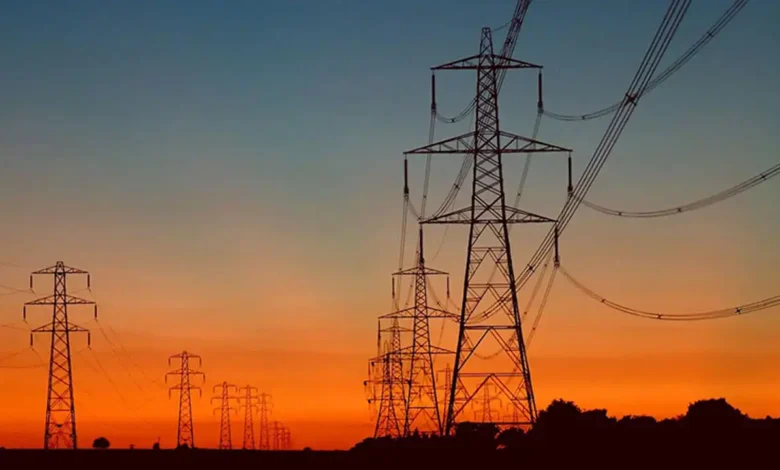Pakistan Seeks Help Of China For Power Transmission Faults

To overcome the flaws in the power transmission system, Pakistan has decided that help will be solicited from China.
There is a positive development for the improvement of the system of power transmission, it is Pakistan has decided to take help from China to rectify the prevalent flaws.
According to media reports, Prime Minister Shehbaz Sharif will meet the Chinese ambassador for discussing the improvement in the power transmission network. The plan is all about collaboration between the two countries to improve the system with the help of the China State Grid.
Read Also: Power Shortage in Pakistan Reaches 6,832 Megawatts
Due to the already present faults in the transmission system, cheaper power plants have been kept off. Persistent technical faults in the power transmission system were identified. Resolving these technical faults could result in a cost reduction of 2 rupees per unit of electricity.
Power Shortage in Pakistan Reaches 6,832 Megawatts
Different areas of Pakistan are experiencing power outages of up to 14 hours due to the shortage of 6,832 megawatts. Many regions of the country are facing 8 to 10 hours of load-shedding, while those areas who have higher reports of electricity theft are experiencing load-shedding of 12 to 14 hours.
The electricity demand of Pakistan is 26,700 megawatts, while the current production is only 19,668 megawatts.
According to media reports, hydroelectric sources generate 6,520 megawatts, government thermal power plants produce 650 megawatts, and private sector power plants contribute 7,878 megawatts.
Additionally, wind power plants are generating 1,080 megawatts, solar power plants 194 megawatts, biomass (bagasse) 124 megawatts, and nuclear power plants 3,222 megawatts.
Hydroelectric sources contribute the largest share to the power generation mix, followed by private sector power plants and nuclear power plants. Despite these contributions, the total production falls short of the national demand, leading to the severe load-shedding scenario.
The gap between demand and supply is even worse in areas with high complaints of electricity theft. In mentioned regions, the load-shedding duration is 12 to 14 hours which is disrupting daily life and economic activities.
The government is striving to solve the problem of power crisis. But the gap indicates a need for substantial improvements in both production capacity and infrastructure management.
Efforts are being made to enhance the efficiency of existing power plants and explore new sources of energy to fill the gap. However, until these measures yield significant results, people will have to spend these periods without electricity, which is affecting their quality of life and economic productivity.
The situation urges the urgent need for comprehensive energy reforms and effective measures to curb electricity theft to ensure a more reliable power supply across Pakistan.
The ongoing power crisis highlights the necessity for long-term solutions and sustainable energy policies. The government needs to invest in new technologies and improve the existing infrastructure to meet the growing demand for electricity. Only then can Pakistan hope to reduce load-shedding and provide a stable power supply to its citizens.